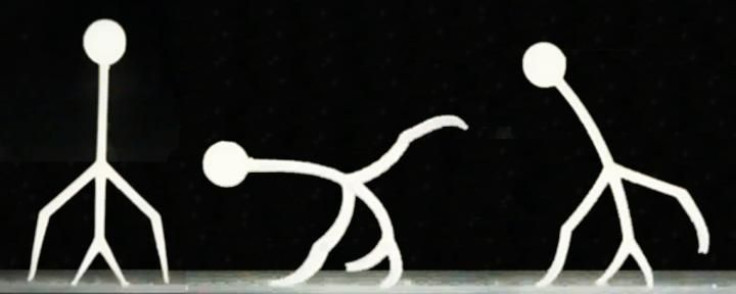Watch: 3D-Printed Smart Gel Walks, Manipulates Objects Underwater

A group of engineers have created a weird type of smart gel that not only retains the soft nature and flexibility of a hydrogel, but also walks and manipulates objects placed underwater.
Though most hydrogels host more than 70 percent water and are commonly found in the human body, diapers, contact lenses, and many other things, this particular creation, developed through sophisticated 3D-printing techniques, goes a step ahead and moves and changes its shape under the impact of electricity.
Essentially, whenever the hydrogel is kept in a saltwater solution, such as an electrolyte, and electricity is applied, it reacts and starts walking forward, reversing course, grabbing and moving objects. The team behind this project, researchers from Rutgers University, United States, even shared a video showcasing how the unique gel works.
In the video, the smart gel can be seen picking up and dropping as well as moving an object under the impact of an electric field. They also made an inch tall human-like figurine from the gel that could move underwater. Notably, the speed at which the gel moved was controlled by its thickness (with thin structures being faster), while the bending and shape-changing capabilities depended on the strength of the saltwater solution and the electric field created.
The creation, as the team said in a release, could bring major changes in the field of soft-robotics and biomedical engineering. It can lead to the development of soft underwater robots that might mimic the movement of animals like octopuses and inspect the habitats of other deep-sea creatures.
Among other things, the research team posits the scenario where the capabilities of the smart gel might be leveraged for the production of artificial hearts or body muscles that could not be produced from hard materials.
“Our 3D-printed smart gel has great potential in biomedical engineering because it resembles tissues in the human body that also contain lots of water and are very soft,” Howon Lee, senior author of the latest work, said in a statement.
Engineers might also make devices for diagnosing diseases or delivering drugs into the body with a gel like this.
It is also worth noting that engineers get some conventional benefits by using soft materials. The materials can be manufactured at a much lower cost than complex hard materials and more importantly, the devices made from them are much easier to design and control just like in this case.
The work titled “Soft Robotic Manipulation and Locomotion with a 3D Printed Electroactive Hydrogel” was published May 9 in the journal ACS Applied Materials & Interfaces.
© Copyright IBTimes 2024. All rights reserved.











